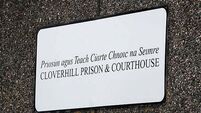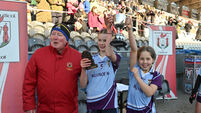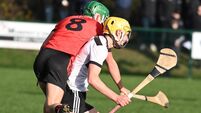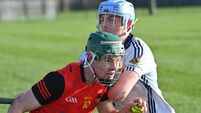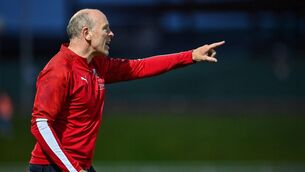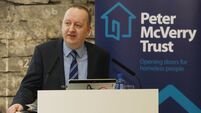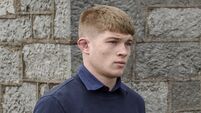A cool head for the hot-seat

As Mayo chairman, he had watched John O’Mahony’s second coming end disastrously in Pearse Park with an All-Ireland qualifier defeat to Longford.
The board’s flagship team had become a toxic brand and the elusive All-Ireland never seemed as far away. Morale within Mayo football had plummeted.




